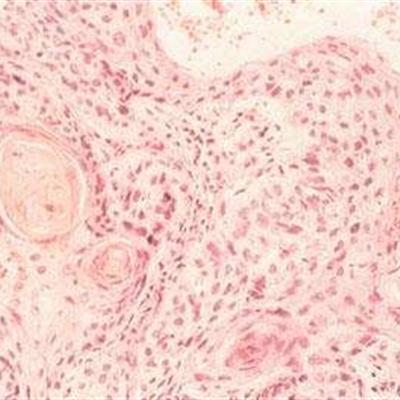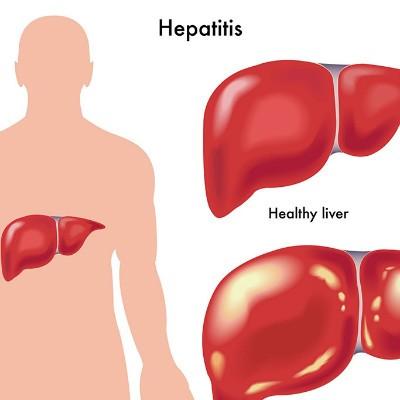After cerebral central hemorrhage coma symptom?
summary
Intracerebral hemorrhage, also known as cerebral hemorrhage, refers to the spontaneous hemorrhage in the non traumatic brain parenchyma. The causes are various, and the vast majority are caused by the rupture of blood vessels in hypertensive arteriosclerosis, so some people also call it hypertensive intracerebral hemorrhage. There is a close relationship between cerebral hemorrhage and hypertension: hypertensive patients have about 1 / 3 chance of cerebral hemorrhage, and about 95% of patients with cerebral hemorrhage have hypertension. Intracerebral hemorrhage is a common acute cerebrovascular disease in middle-aged and elderly people, with high mortality and disability rate. It is the highest mortality clinical type of cerebrovascular disease in China. After cerebral central hemorrhage coma symptom? Let's talk about it
After cerebral central hemorrhage coma symptom?
Pontine hemorrhage: pontine is a common site of brain stem hemorrhage. Early performance of the disease at the side paralysis, the opposite side of the limb spread, known as cross paralysis. This is the clinical feature of pontine hemorrhage. If the amount of bleeding is large, the contralateral side will be affected, with quadriplegia, pupil narrowing, high fever, coma, etc; If the blood breaks into the fourth ventricle, there will be convulsions, irregular breathing and other serious symptoms, the prognosis is not good;

Cerebellar hemorrhage: if the amount of bleeding is small, the clinical manifestation is often dizziness first, followed by severe headache, frequent vomiting, unstable walking and unclear speech; If the amount of bleeding is large, the life center of medulla oblongata will be compressed, and the severe cases may die suddenly.

Intraventricular hemorrhage: generally divided into primary and secondary, primary intraventricular hemorrhage for intraventricular choroid plexus rupture hemorrhage, relatively rare. Secondary is due to the large amount of intracerebral hemorrhage, through the brain parenchyma into the ventricle. The clinical manifestations were vomiting, hyperhidrosis, purple or pale skin. One to two hours after the onset, they fell into deep coma, high fever, quadriplegia or tonic convulsions, unstable blood pressure, irregular breathing, etc. Most of the cases were severe with poor prognosis.

matters needing attention
Life should be regular. The elderly can do what they can, but they should not be too tired. Control hypertension.
















